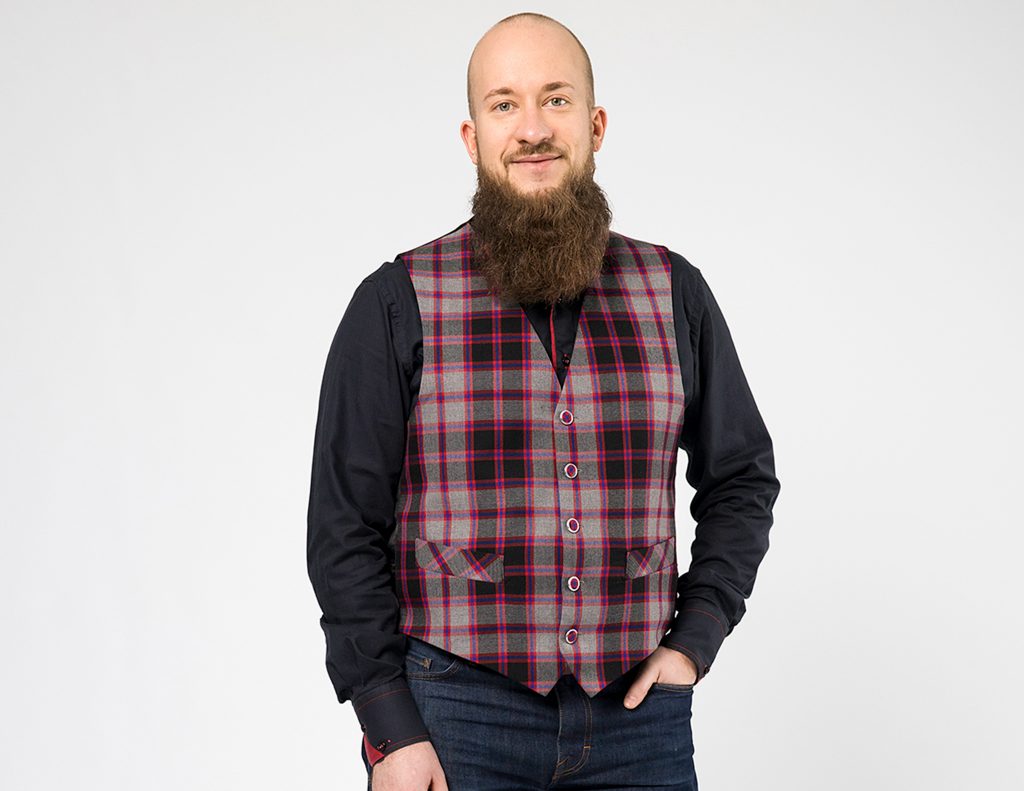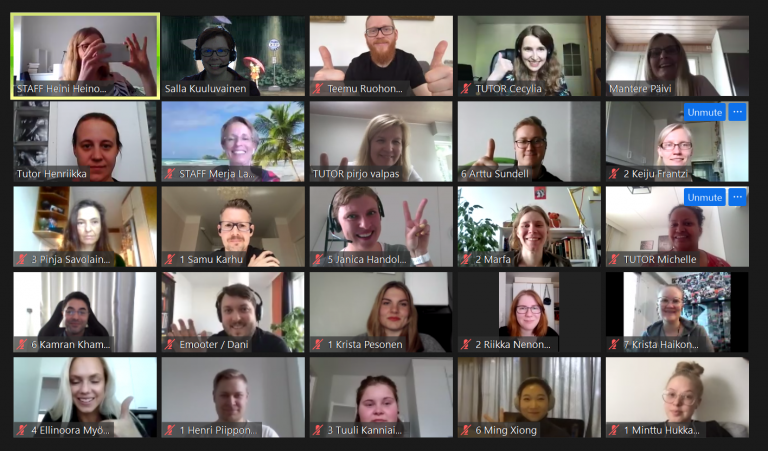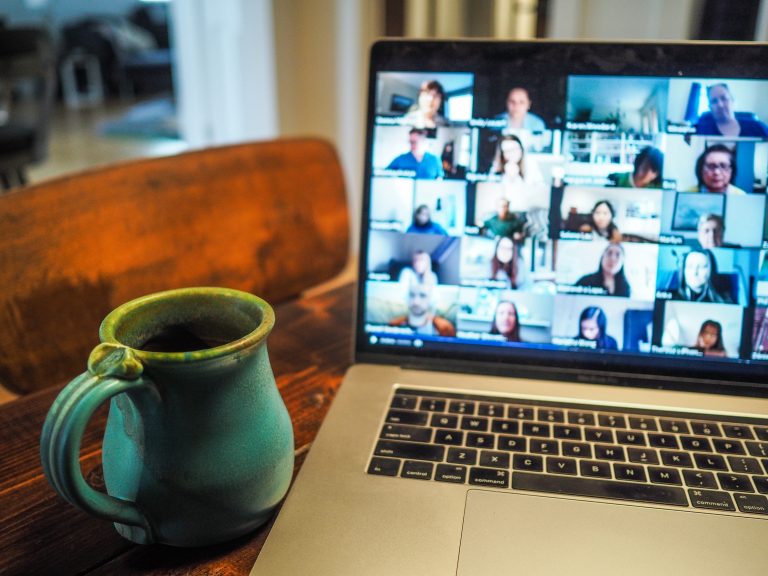THREE POINTS FOR THE START
This blog marks the start of a series of Design Wellbeing Sprint blogs that introduce trends in the wellbeing start up field as well as companies that operate in that field. Later we will also give you insights of the Design Wellbeing Sprint which takes place May 22-29, 2020. First in line is Lauri Kuronen from Health Capital Helsinki.
Tell us a little about yourself and the company which you represent.
Hi, my name is Lauri Kuronen. I work as a Business Advisor in Health Capital Helsinki. We’re a publicly funded project and our goal is to build the greatest health capital: we boost collaboration within the Greater Helsinki health ecosystem, enable innovation-driven companies to grow and attract foreign companies to establish their businesses.
Before Health Capital Helsinki, I worked 8 years in MedTech and Health sectors in different positions in several SMEs providing new digital solutions. My heart beats for the start-ups and entrepreneurship. I work closely with start-ups and try to help them to grow bigger and better. I’ll try to open doors for them in our network and for example matchmake them with the right investors in Finland or abroad. I’m also an operative team member in Health Incubator Helsinki, a unique three-year incubator program for research-based health sector teams and start-ups.
What are the main technology trends in wellbeing field currently? In your opinion, what is the most significant of the trends? Why?
I want to highlight two trends that are rising at the moment. These two trends are often combined when developing new innovations. First is the digital health solutions where the healthcare transformation is usually done with a novel software solution. For example, many care processes can be renewed and done with application where the care pathway is digitalized and standardized. The user interface simplifies and intensifies the information flow between hospital, healthcare professionals and the patient.
Second is the usage of the healthcare data from biobanks, clinical data and genetic information. The data collected from different sources can be used to create algorithms that can identify risk patients with different illnesses and predict for example epidemics. The solutions and approaches will make treatments increasingly more cost-efficient, successful and affordable to patients.
What kind of opportunities these trends open to Finnish companies in that field? Do you have an example in mind?
Healthcare as a sector is quite old-fashioned and taking new solutions into the use will need time, validation and clinical evidence. The most successful companies collaborate and co-create their solutions together with healthcare professionals where the development is done from a need perspective.
One great example is Buddy Healthcare, a Helsinki based digital health company. Their solution is mobile care coordination and patient engagement platform which solves the most significant problems hospitals, clinics and patients are facing in surgeries: patient adherence to treatment, late cancellations and no-shows, administrative work and care quality. They platform is used from pre-hospital to post-hospital phase by patients, hospital and healthcare professionals where all the needed information and communications is done through the platform. Their latest version is used to track Covid-19 patient symptoms when the patient is at homecare.
Could you please give our DWS student participants three points for the development process in the design week.
Always start the development process from the need perspective, in the end this creates the most value. Unfortunately, the development process starts often from the solution point-of-view where during the process the customer needs won’t be taken into consideration. There are several ways of collecting customer information and how understanding of customers can be built through this. My experiences are that the sooner you involve the end-user to the development process, the easier it is to get the best insight and knowledge and, in the end, a happy customer.
Don’t assume, ask for a help! It’s very risky but so human to make assumptions for example of the customer’s need or market entry-strategy. There have been entrepreneurs forever and many have succeeded or failed with their business. Usually people are very keen on sharing the information and learnings to others, you just have to ask them. I’ve learned that opening your mouth and asking from the more experienced people would have saved me from many mistakes concerning how to run a company or starting a new product development project.
Be agile and be ready for pivoting. When developing a new solution or running a start-up company will be different compared to more stable business. Usually in some phase the development process won’t proceed as planned, this can be due to some technical difficulties or changed market environment. So, don’t be afraid to change plans and try something new if the old doesn’t work. Try to think the situations as a continues learning experience through The OODA loop cycle (observe–orient–decide–act).
And lastly, always stay positive and enjoy the ride! If there are not any new development projects or start-ups, the world won’t progress.
Lauri Kuronen will give a speech concerning further digital wellbeing technology/future trends in the Digital Wellbeing Sprints opening day May 22th, 2020.

Interview was done by Pirjo Valpas, M.Sc. / Facilitator in Design Wellbeing Sprint 2020. Pirjo is currently studying Service Design degree in Laurea University of Applied Science and has background in media.






